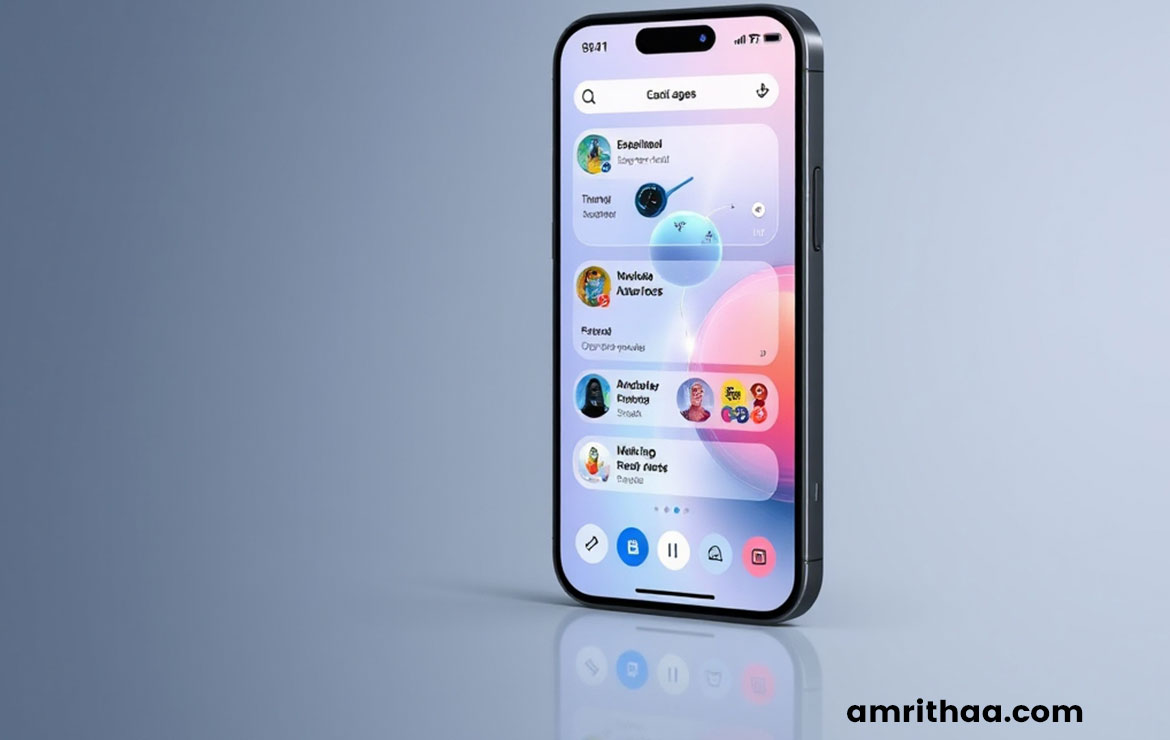Call Anytime 24/7
Mail Us For Support
Office Address
Chennai, TN, INDIA

In today’s competitive digital landscape, an exceptional user experience (UX) and user interface (UI) design can make or break a mobile app. With millions of apps vying for attention in the app stores, creating an intuitive, engaging, and visually appealing design is essential for capturing users’ interest and retaining them. This ultimate guide to mobile app UX/UI design will walk you through the key principles, best practices, and trends you need to know to create a successful mobile app.
Before diving into the design process, it’s important to understand the difference between UX and UI:
While UX and UI are distinct concepts, they work together to create a cohesive and enjoyable user experience.
To design an app that users will love, consider these core principles:
Creating a great user experience involves a thoughtful and structured design process:
A well-designed UI makes your app visually appealing and easy to use. Here are some best practices:
Staying updated on the latest design trends can help your app feel modern and relevant:
To create a successful app, be mindful of these common design pitfalls:
Conclusion
Investing in thoughtful UX/UI design is essential for creating a mobile app that not only attracts users but also keeps them engaged. By understanding the principles of great design, following a user-centered design process, and staying updated on the latest trends, you can create an app that stands out in the crowded marketplace.
Have a brilliant app idea or need help enhancing your existing mobile app’s design? At Amrithaa.com, we specialize in creating visually stunning and user-friendly mobile apps. With a wealth of experience in UX/UI design and app development, we can help bring your vision to life. Contact us today to discuss your project!